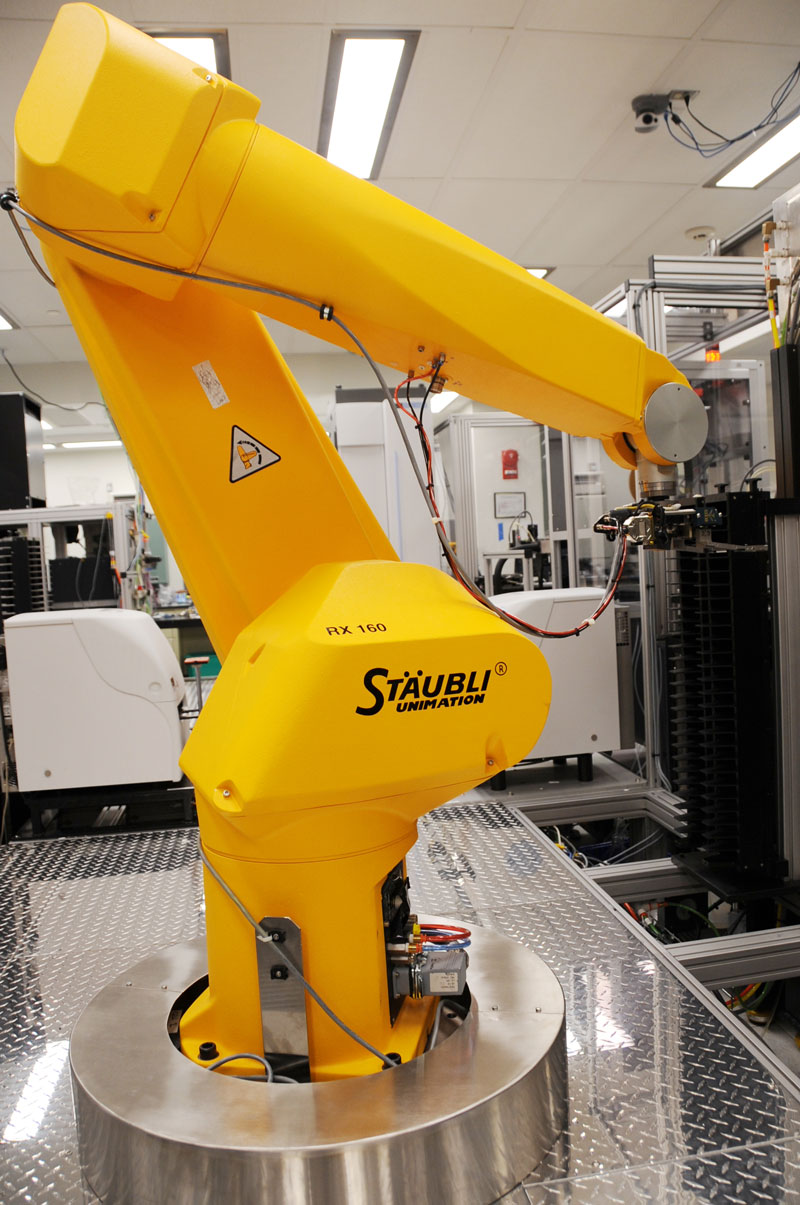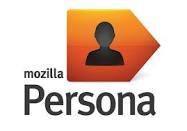About the Challenge
What is Tox 21?

Most people are exposed to many different chemicals during the course of their lifetimes through sources including food, household cleaning products and medicines. In some cases, these chemicals can be toxic.
In fact, more than 30 percent of promising pharmaceuticals have failed in human clinical trials because they are determined to be toxic despite promising pre-clinical studies in animal models (Nat Rev Drug Discov. 2004;3(8):711–715). Creating new methods for assessing chemical toxicity has the potential to improve how scientists evaluate environmental chemicals and develop new medicines.
The Toxicology in the 21st Century (Tox21) program, a federal collaboration involving NIH, the Environmental Protection Agency, and the Food and Drug Administration, is aimed at developing better toxicity assessment methods. The goal is to quickly and efficiently test whether certain chemical compounds have the potential to disrupt processes in the human body that may lead to adverse health effects.
The Tox21 consortium leverages its partners' resources and expertise to predict more effectively how a collection of 10,000 compounds composed of environmental chemicals and approved drugs will affect human health and the environment.
Challenge Overview
The goal of the challenge is to "crowdsource" data analysis by independent researchers to reveal how well they can predict compounds' interference in biochemical pathways using only chemical structure data. The computational models produced from the Challenge could become decision-making tools for government agencies in determining which environmental chemicals and drugs are of the greatest potential concern to human health.
The Challenge
Use data generated from nuclear receptor signaling and stress pathway assays run against Tox21's 10,000-compound library (Tox21 10K) to build models and look for structure-activity relationships.
Participants have the opportunity to join 15 distinct subchallenges:
- Subchallenges 1–12 use data from a single assay.
- Subchallenges 13 and 14 capture all assays of a specific type (nuclear receptor signaling (NR) or stress response (SR)).
- Subchallenge 15 captures all assays of both types.
Participants can choose to join one or all of the subchallenges. There will be one winner for each subchallenge.
Subchallenge Overview
Subchallenges 1–12
Predict the compound activity outcome (active or inactive) in one or more of the 12 pathway assays based on the chemical structure information for the following assays:
- estrogen receptor alpha, LBD (ER, LBD)
- estrogen receptor alpha, full (ER, full)
- aromatase
- aryl hydrocarbon receptor (AhR)
- androgen receptor, full (AR, full)
- androgen receptor, LBD (AR, LBD)
- peroxisome proliferator-activated receptor gamma (PPAR-gamma)
- nuclear factor (erythroid-derived 2)-like 2/antioxidant responsive element (Nrf2/ARE)
- heat shock factor response element (HSE)
- ATAD5
- mitochondrial membrane potential (MMP)
- p53
NOTE: Participants can do 1 data set or multiple data sets. There is no limit here. However, if participants choose to do all 12, then that's considered the Grand Challenge.
Subchallenge 13 (Panel)
Predict compound activity in all nuclear receptor signaling pathways.
Subchallenge 14 (Panel)
Predict compound activity in all stress response pathways.
Subchallenge 15 (Grand Challenge)
Predict compound activity in all of the above-mentioned assays, collectively.





 How does Mozilla Persona work?
How does Mozilla Persona work?
